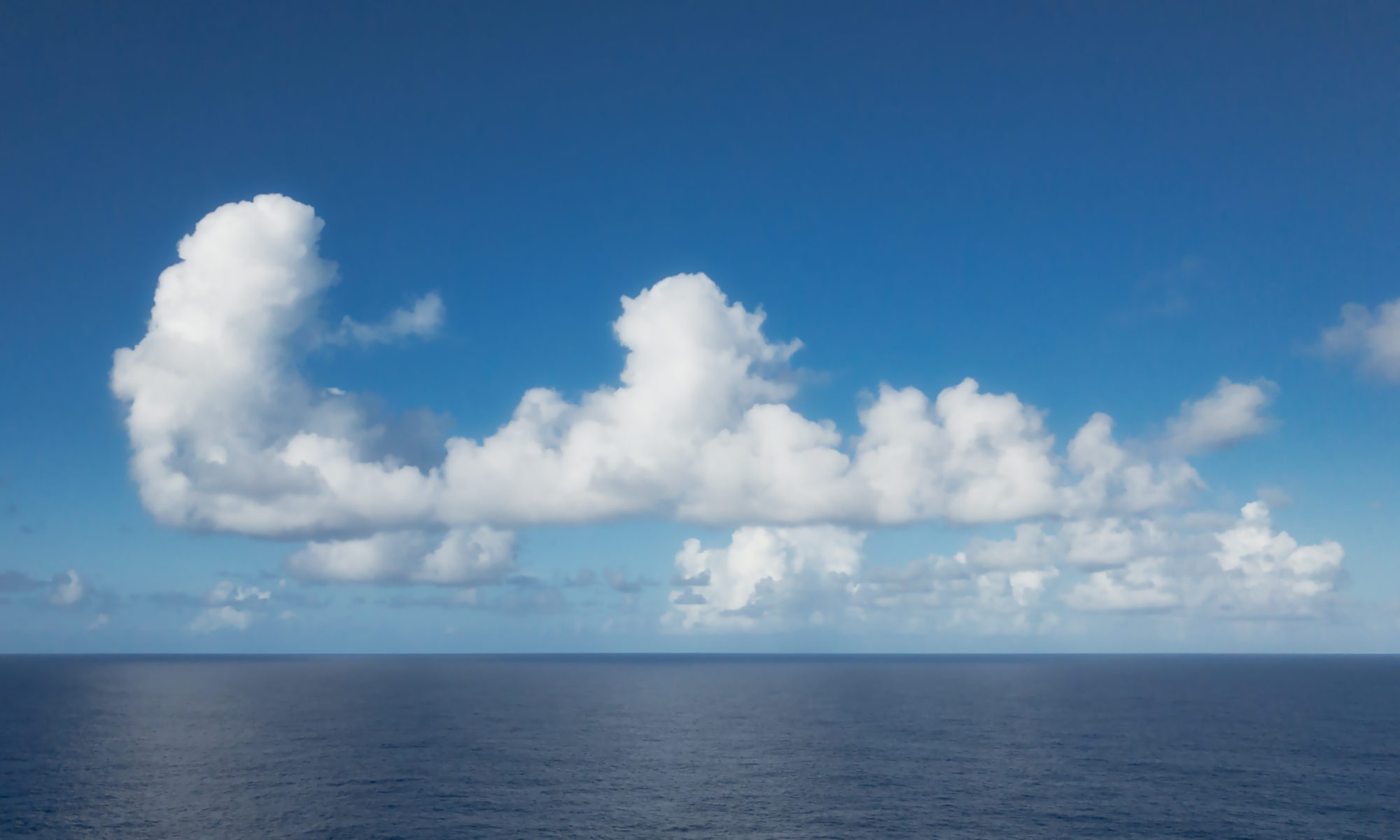The other day I went to Bean Point on Anna Maria Island to capture this image. I didn’t notice it at the time, but there is quite a lot of lens flare. Nerd that I am, it got me wondering about the optics that produced it. Might another lens to create a different effect?
Daily Image

Nevertheless, the photo was taken at f18 at its normal to get a starburst at that aperture; that’s how we get the star effects on street lights at night. However, this looks like a combination of starburst and lens flare, and that’s what made it a little unique, at least for me.
The main reason I used such a small aperture was to get an extended depth of field; meaning I wanted everything to be in focus, from the plants up close to the clouds. Using a high f-stop number is a way to get that, however, because it restricts the amount of light coming in, you may need a tripod lest your images come out blurry from camera shake. In this case, the effect is like a splash of light; which goes to prove that happy mistakes happen all the time.










